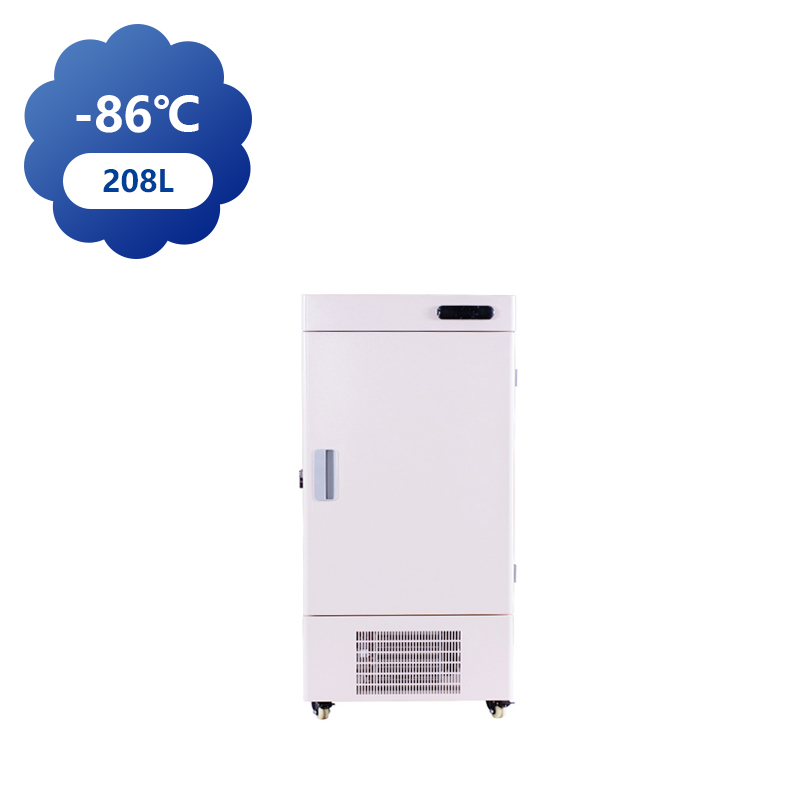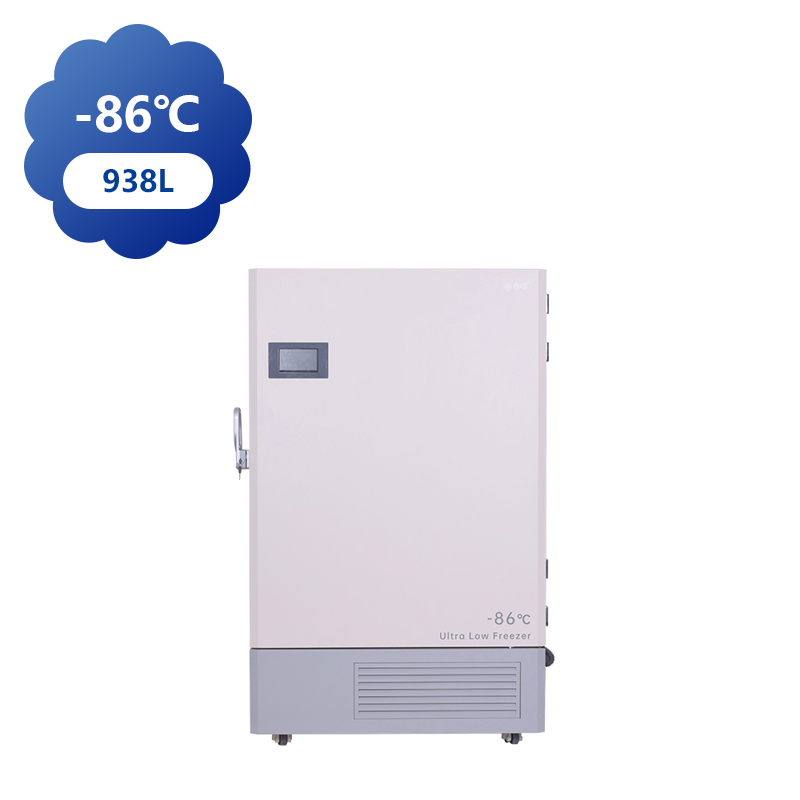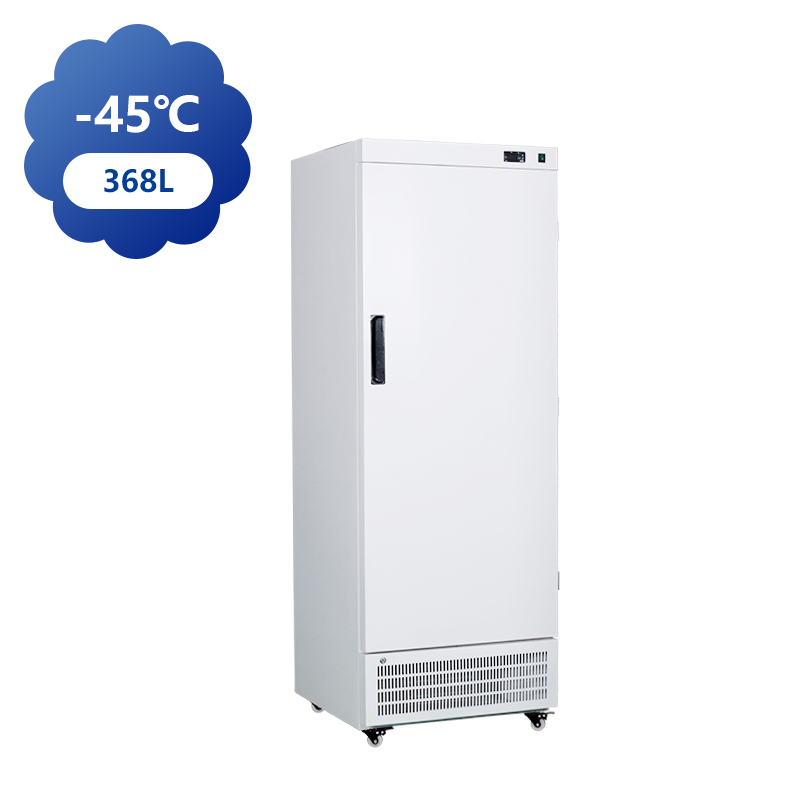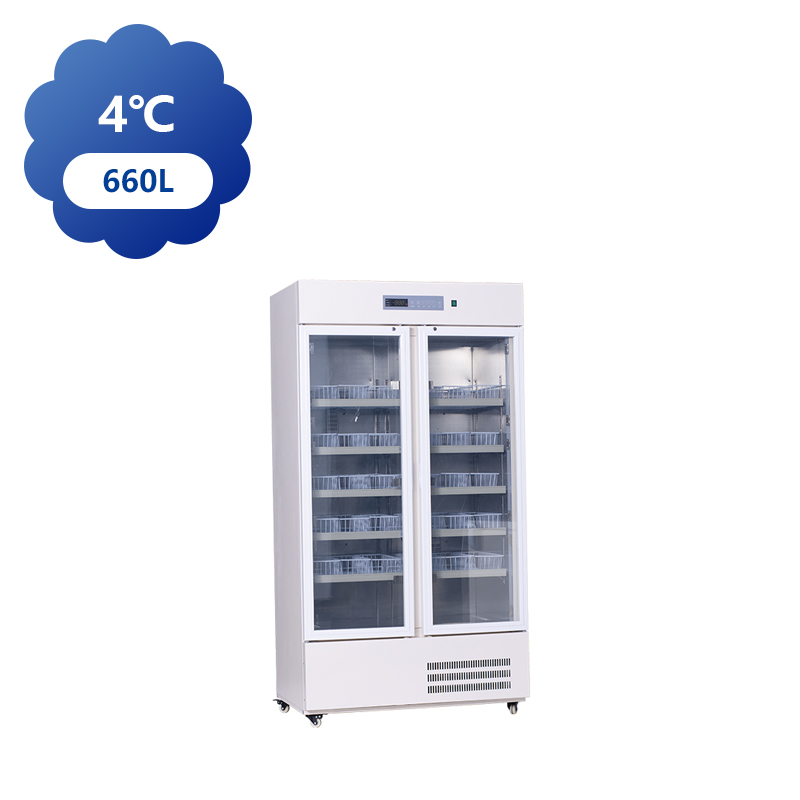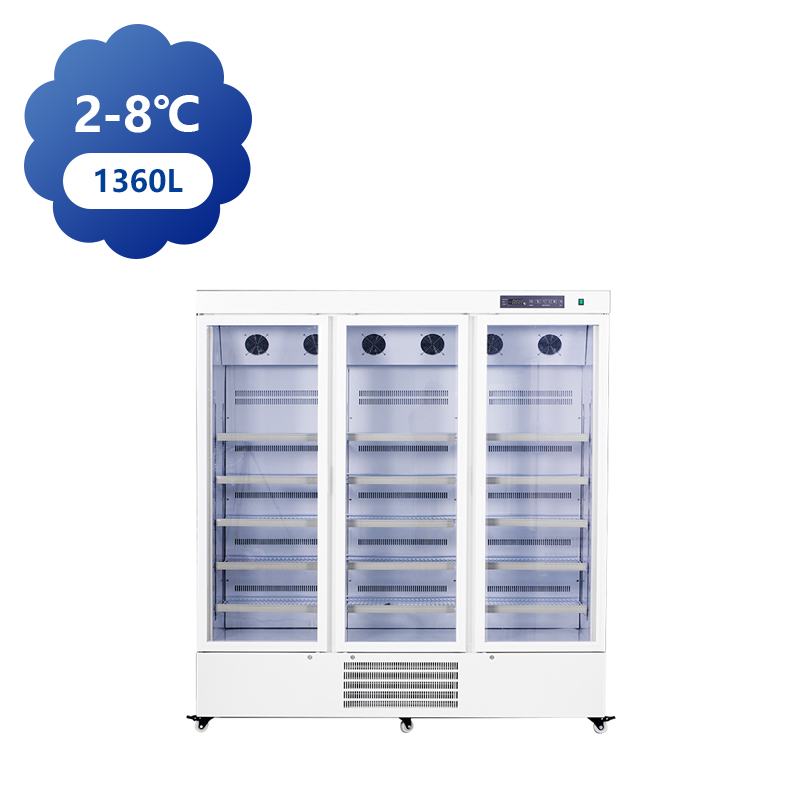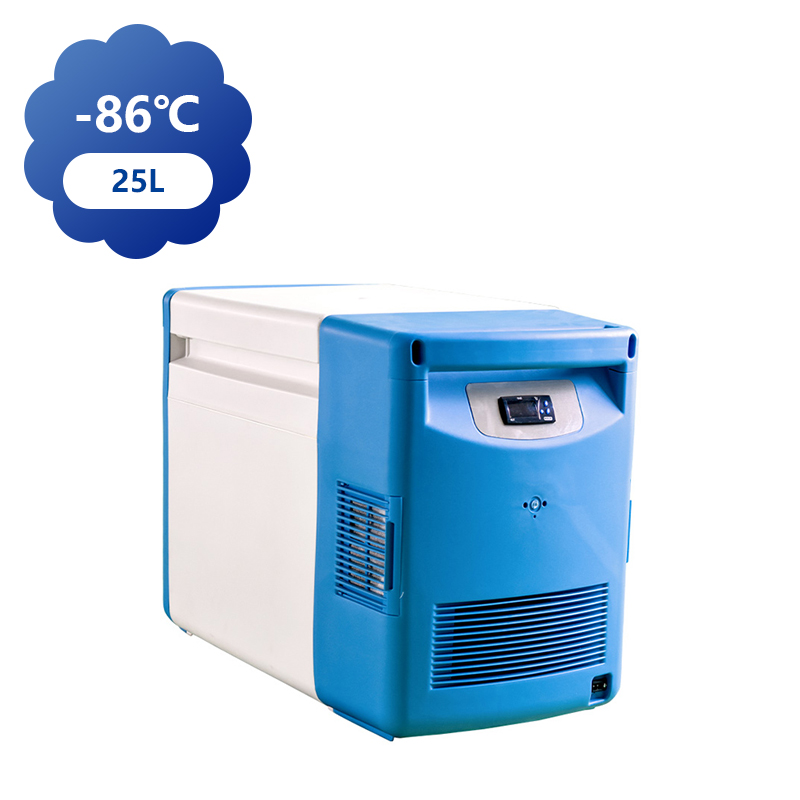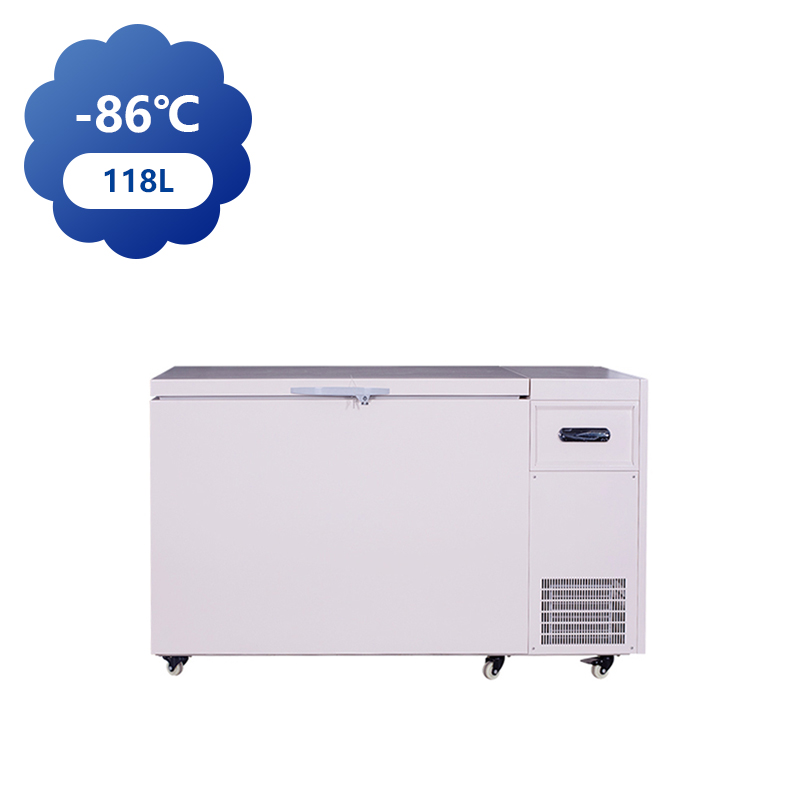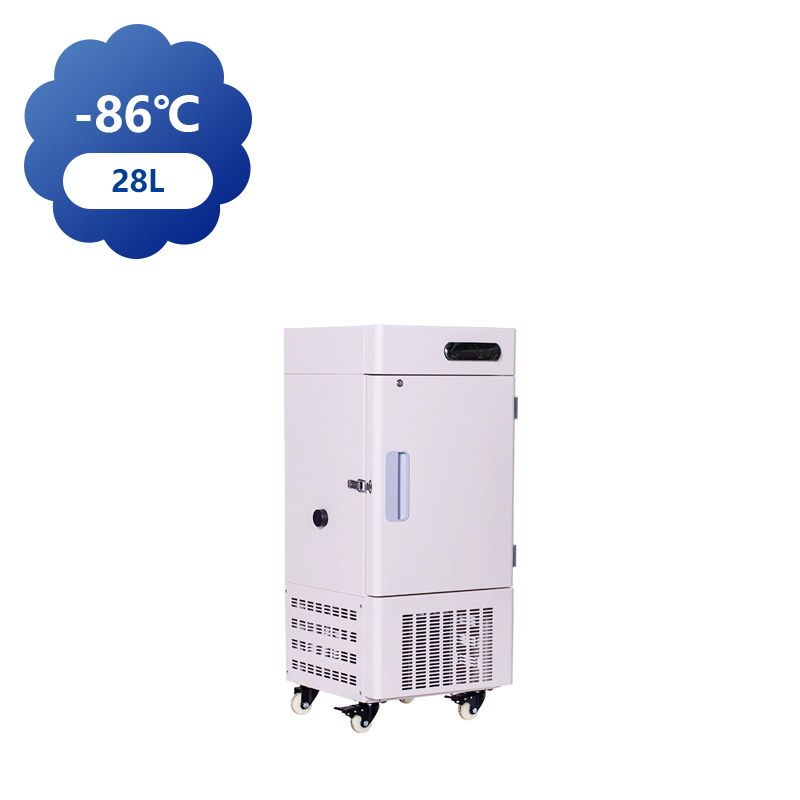You can contact to me using this form.
In the medical, pharmaceutical, and laboratory fields, proper storage of temperature-sensitive materials is essential. Vaccines, biological samples, and other medical supplies require reliable, precise temperature control to maintain their efficacy and safety. Two common types of refrigeration units used for such purposes are the Small Countertop Medical Freezer and the Low Temperature Chest Freezer. While both serve the critical function of preserving sensitive materials, they differ in their design, capacity, and specific applications. This article aims to explore these two freezer types in detail, comparing their features, benefits, and ideal use cases to help medical and laboratory professionals make informed decisions.

The Small Countertop Medical Freezer is a compact and efficient unit designed for small-scale storage needs. These freezers are typically used in settings where space is limited, such as smaller clinics, medical offices, or pharmacies, where only a limited number of temperature-sensitive items need to be stored. These units are specifically designed to meet the stringent storage requirements of medical materials, including vaccines, insulin, and certain biological samples.
Size and Capacity
One of the notable features of the Small Countertop Medical Freezer is its compact size. As the name suggests, these freezers are typically designed to fit on countertops, making them ideal for environments where space is at a premium. Their capacity usually ranges from 50L to 200L, offering enough room to store vaccines, small quantities of blood samples, and other medical items. Due to their compact design, they are well-suited for environments where storage needs are modest but precise temperature control is still necessary.
Temperature Control
Precision in temperature control is essential for a Small Countertop Medical Freezer. These freezers often feature digital thermostats with adjustable temperature settings. The units maintain temperatures typically between 2°C and 8°C for vaccines and other pharmaceuticals. Some models also offer alarm systems that alert users in case of temperature deviations, ensuring that stored items remain at the temperature. Moreover, certain models are designed to operate at slightly lower temperatures, making them suitable for storing items like insulin, which needs to be kept at slightly lower temperatures than standard vaccines.
Low Temperature Chest Freezer: Large-Scale Storage with Cooling
The Low Temperature Chest Freezer, often known as an ultra-low temperature (ULT) freezer, is designed for the storage of large volumes of materials that require low temperatures, such as biological samples, vaccines, and research specimens. These freezers are found in larger medical facilities, hospitals, pharmaceutical companies, research laboratories, and biobanks, where significant quantities of materials need to be stored at temperatures as low as -20°C, -40°C, or even -80°C.
Size and Capacity
One of the defining features of the Low Temperature Chest Freezer is its larger size. Unlike Small Countertop Medical Freezers, these units are typically floor-standing and offer much higher storage capacities, ranging from 200L to over 1000L. They are designed for high-volume storage, making them suitable for larger facilities with substantial demands for deep freezing. The larger capacity also means that these freezers can store more samples or products in a single unit, reducing the need for multiple smaller units and optimizing available space.
Temperature Control
Temperature control in Low Temperature Chest Freezers is another significant difference from smaller units. These freezers are equipped with advanced cascade refrigeration systems, which involve two or more cooling stages to achieve ultra-low temperatures. Many models are capable of reaching temperatures as low as -80°C, which is essential for the preservation of certain biological materials such as stem cells, gene therapies, or viral samples. These freezers often feature multiple alarm systems to monitor both temperature and door openings, as well as data logging systems that record temperature variations for compliance with regulatory standards.



 中文简体
中文简体 English
English Français
Français عربى
عربى +86-15988502726(wechat)
+86-15988502726(wechat)